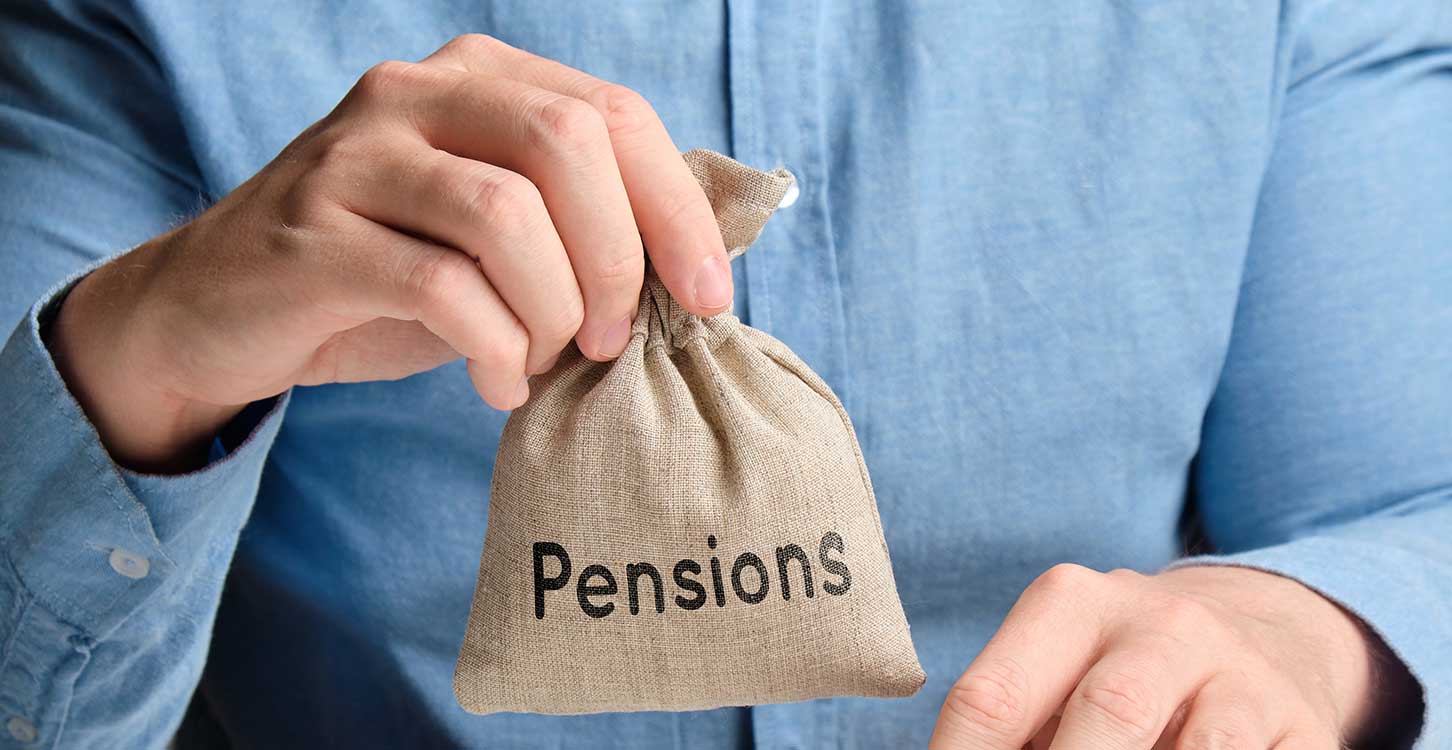Should You Take the 25% Tax-Free Lump Sum from Your Pension?
A balanced view of the pros and cons
One of the most attractive features of UK pensions is the ability to take up to 25% of your pension pot tax-free, usually at the point of retirement (from age 55, rising to 57 in 2028). It is often referred to as the “tax-free cash” or “Pension Commencement Lump Sum (PCLS).”
But the decision on whether to take it and, if so, when and how much is not straightforward. Like most things in financial planning, the right answer depends on your personal circumstances, lifestyle, and long-term goals. Below, we’ll explore the arguments for taking the lump sum and the arguments against, before considering how to weigh the choice in practice.
Reasons to Take the 25% Tax-Free Lump Sum
Immediate access to cash
For many people, retirement coincides with big expenses, like paying off a mortgage, clearing debts, or helping children onto the property ladder. Taking the tax-free cash provides a large injection of capital without the drag of income tax. Used wisely, it can simplify your finances and free up monthly cash flow.
Debt repayment
If you have outstanding high-interest debts (such as credit cards, personal loans, or even a mortgage), using tax-free pension cash to pay them off can deliver a guaranteed “return” by saving you the interest costs. This is often financially more powerful than keeping the money invested inside the pension.
Diversification of assets
Pension pots are tied up in investments that you can’t access freely. Taking the 25% lump sum lets you spread risk by holding some assets outside the pension, for example, in ISAs, cash savings, or property. These are more flexible and can be passed on with different tax treatments compared with pensions.
Tax-efficient estate planning
Pension funds are usually outside your estate for inheritance tax purposes, which makes them very attractive to leave untouched if you don’t need the money. However, ISAs or other investments may offer more flexible gifting opportunities during your lifetime. Taking the tax-free cash and moving it into other vehicles could suit some estate planning strategies.
Flexibility of spending
You might simply want to enjoy your retirement. The lump sum could fund travel, home improvements, or other lifestyle goals while you are still young and healthy enough to enjoy them. For many, pensions are about living well, not just accumulating wealth.
Market timing risk
Some people prefer to de-risk by crystallising a portion of their pension and taking the lump sum. This way, they reduce their exposure to stock market fluctuations and “bank” some gains. While it shouldn’t be the only reason, for those nervous about volatility it can provide peace of mind.

Top Tip

Lee Goggin
Co-Founder
Reasons Against Taking the 25% Tax-Free Lump Sum
Loss of long-term tax-free growth
Pensions grow free of income tax and capital gains tax, and they benefit from tax relief on contributions. Taking money out reduces the amount left to grow in this highly tax-efficient wrapper. Over decades, the compounding effect of leaving money inside the pension can be substantial.
Risk of overspending
Receiving a large cash lump sum can tempt people to overspend early in retirement. Once it’s gone, it’s gone, and drawing on the pension later may result in taxable income. Keeping money inside the pension provides a natural brake on impulsive spending.
Impact on lifetime cash flow
Cashflow planning often shows that people underestimate how long they will live and how much they will need in later life (especially for care costs). Taking out too much too early could compromise your ability to sustain income over the full retirement horizon.
Reduced death benefits flexibility
As noted earlier, pensions are highly advantageous for inheritance tax. If you leave the money inside, it can be passed on free of inheritance tax, and depending on your age at death, your beneficiaries may pay no income tax either. Moving it outside could make it more taxable for your heirs.
Interaction with other allowances and benefits
Taking cash out could affect entitlement to certain benefits or allowances. For example, if you reinvest the lump sum into other vehicles that generate taxable income, you might lose your Personal Savings Allowance or see more of your income taxed at higher rates.
Potential loss of investment opportunity
If you move the tax-free cash into low-yielding bank accounts for “safety,” the real value may erode due to inflation. By contrast, keeping it inside the pension, invested for the long term, may deliver better growth.
Balancing the Decision
The decision is rarely all-or-nothing. You don’t have to take the full 25% in one go. Many pension schemes allow you to phase the lump sum. For example, you could take tax-free cash alongside regular drawdown, spreading the tax advantages over several years.
Here are some guiding questions:
- Do you need the money right now?
If not, leaving it invested may be more efficient. - What debts do you have?
Clearing expensive borrowing with tax-free cash often makes strong financial sense. - What’s your health and life expectancy?
If you expect a shorter retirement, front-loading spending via the lump sum may enhance your quality of life. - How important is legacy?
If you want to pass on wealth, keeping money in the pension is usually best. - What’s your wider portfolio?
If most of your wealth is in pensions, taking some out diversifies your tax risk. If you already have ISAs and other assets, you may not need to.
A Worked Example
Imagine Sarah has a pension pot of £400,000 at age 60. She is considering taking £100,000 tax-free.
- If she takes it now, she pays off her mortgage (£70,000) and keeps £30,000 in an ISA for flexibility. Her monthly outgoings fall, giving her more disposable income, but her remaining pension is £300,000.
- If she leaves it in, the whole £400,000 continues to grow inside the pension. Assuming 5% annual growth, after 10 years it could be £651,000. By contrast, if she had taken £100,000 out and invested it in an ISA at the same growth rate, the ISA might grow to £163,000 and her pension to £488,000 — a combined £651,000. Mathematically, it looks similar, but in practice, the tax and inheritance treatment will differ.
This shows that the decision isn’t just about growth, but about debt, flexibility, inheritance, and personal goals.
Conclusion
The ability to take 25% of your pension pot tax-free is one of the most valuable features of the UK retirement system. However, whether to use it immediately, delay it, or phase it in requires careful consideration.
- Good reasons to take it include clearing debts, diversifying assets, funding lifestyle goals, and enjoying peace of mind.
- Good reasons not to take it include preserving tax-efficient growth, protecting inheritance tax advantages, and safeguarding against longevity and overspending risks.
The “best” decision depends on your own financial plan, health, and family circumstances. A tailored cash flow model, projecting income, spending, and assets under different scenarios, is the most reliable way to make a decision.
For many people, a phased approach, taking tax-free cash gradually as and when needed, strikes the best balance between flexibility today and security tomorrow.
Next Step: Get Personalised Pension Advice
Making the right call on your pension can be complex, but you can use our quick and easy questionnaire to get matched with a verified wealth manager who understands your goals and can help create a personalised retirement plan.
Important information
The investment strategy and financial planning explanations of this piece are for informational purposes only, may represent only one view, and are not intended in any way as financial or investment advice. Any comment on specific securities should not be interpreted as investment research or advice, solicitation or recommendations to buy or sell a particular security.
We always advise consultation with a professional before making any investment and financial planning decisions.
Always remember that investing involves risk and the value of investments may fall as well as rise. Past performance should not be seen as a guarantee of future returns.
Find the Right
Wealth Manager -
in Under 3 Minutes
Start your free search
Join thousands of individuals who've used our tool to find trusted, FCA-regulated advisers to maximise their wealth.
- No fees, no obligation
- Private & secure matching in minutes
- Trusted since 2012 by thousands of clients






